A Differing Dune
 Dune – Adventures in the Imperium: Agents of Dune is built on two key factors. One is that you begin playing as soon as you open the box. Two is an enormous, ‘What if?’. Subtitled a ‘Roleplaying Campaign Experience’, it is both a starter set and more than a starter set for Dune – Adventures in the Imperium, the roleplaying game from Modiphius Entertainment based on the novels by Frank Herbert, set in the far future of the year 10, 191 during the reign of Padishah Emperor Shaddam IV. This is an Imperium of great and noble houses—and some not so noble, that feud, jockey, and politic constantly for power, influence, and vengeance. It is a future where the Bene Gesserit, a mysterious sisterhood guides and advises the emperor and every house from the shadows, yet has a secret agenda of its own; where thinking machines have been outlawed and replaced by the human computers known as mentats; and where interstellar travel is monopolised by the Spacing Guild whose navigators, heavily mutated by the spice drug melange, fold space and enable instantaneous travel from one system to another. The spice drug melange is found on only one planet, Arrakis—or Dune—and since it is vital interstellar travel and commerce, control of the spice mining on Arrakis can make a house incredibly wealthy and it is within the power of the Padishah Emperors to both bestow and withdraw this gift. It is with this set-up that Dune – Adventures in the Imperium: Agents of Dune begins.
Dune – Adventures in the Imperium: Agents of Dune is built on two key factors. One is that you begin playing as soon as you open the box. Two is an enormous, ‘What if?’. Subtitled a ‘Roleplaying Campaign Experience’, it is both a starter set and more than a starter set for Dune – Adventures in the Imperium, the roleplaying game from Modiphius Entertainment based on the novels by Frank Herbert, set in the far future of the year 10, 191 during the reign of Padishah Emperor Shaddam IV. This is an Imperium of great and noble houses—and some not so noble, that feud, jockey, and politic constantly for power, influence, and vengeance. It is a future where the Bene Gesserit, a mysterious sisterhood guides and advises the emperor and every house from the shadows, yet has a secret agenda of its own; where thinking machines have been outlawed and replaced by the human computers known as mentats; and where interstellar travel is monopolised by the Spacing Guild whose navigators, heavily mutated by the spice drug melange, fold space and enable instantaneous travel from one system to another. The spice drug melange is found on only one planet, Arrakis—or Dune—and since it is vital interstellar travel and commerce, control of the spice mining on Arrakis can make a house incredibly wealthy and it is within the power of the Padishah Emperors to both bestow and withdraw this gift. It is with this set-up that Dune – Adventures in the Imperium: Agents of Dune begins.
Open up Dune – Adventures in the Imperium: Agents of Dune and the first thing you see is a ‘Read This First’ pamphlet. This does five things. It addresses the players and their characters directly, first explaining to the Player Characters what is happening and what they are going to be doing, in the process giving them agency, before explaining what is going on to the players, essentially that this is not the Dune they might be expecting. It also details what is in the Dune – Adventures in the Imperium: Agents of Dune box and what all of the components are—and there are a lot of components. This is a packed box. It also provides a rules reference on the back page. It is not the only rules reference in Dune – Adventures in the Imperium: Agents of Dune, but to be honest, more is better. Lastly, it guides the Gamemaster about what steps to take getting ready to run the first of the scenarios in the Dune – Adventures in the Imperium: Agents of Dune ‘Adventure Book’, which is immediately beneath the ‘Read This First’ pamphlet.
The next component consists of five, full colour, character folios. Each of these has been carefully designed in terms of its presentation. So on the front there is an illustration and description of the Player Character as well as a reason why a player might choose to roleplay that character. Inside is an introduction to the Known Universe in the year 10,191 which is standard to all five of the character folios, and then background and details for the Player Characters. They include two nobles, brother and sister, one a duellist, the other a diplomat; plus a Swordmaster, a Mentat, and a Bene Gesserit Spy. On the back of each, just like the ‘Read This First’ pamphlet, is a rules reference.
Below this is a Momentum and Threat Tracker (Momentum is spent by the players to gain certain advantages for their characters, whilst the Game Master spends Threat to give them to her NPCs), a Spice Harvesting Tracker, three handouts, a sheet of counters, a double-sided map for the campaign, a double-sided duelling and negotiation positioning map, a set of five twenty-sided dice, a pack of plastic stands, and a pack of cards. The latter contains images and stats of every item, NPC, and Player Character in Dune – Adventures in the Imperium: Agents of Dune. The great thing about the NPC and Player Character cards is that as much as they are intended to be used as references, they can also be slotted into the plastic stands and then used as figure standees to show that NPC or Player Character is on a map or the position that he has taken up on the duelling and negotiation positioning maps when they enter play. Beyond the limits of Dune – Adventures in the Imperium: Agents of Dune, most of these physical components—the Spice Harvesting Tracker, the counters, the duelling and negotiation positioning maps, the dice, the plastic stands, and most of the cards will prove useful in an ongoing Dune – Adventures in the Imperium campaign. The handouts are decent and done on sturdy paper, but the particular delight of the three is a pamphlet which the Player Characters are given as soon as they step off the shuttle onto the planet which gives them an introduction to Arrakis. It is pleasingly immersive. Lastly, there is one extra thing in Dune – Adventures in the Imperium: Agents of Dune and that is a copy of Dune – Adventures in the Imperium. Or rather there is a code for the PDF. Either way it is fantastic extra, because what it does is enable the Game Master and her players to look up the rules if they want a further explanation or a more experienced group to create their Player Characters and play the campaign with those rather than the five included in Dune – Adventures in the Imperium: Agents of Dune.
The ‘begin playing as soon as you open the box’ aspect of Dune – Adventures in the Imperium: Agents of Dune instructs the Game Master to read the ‘Read This First’ pamphlet and give the character folios out for her players to choose. Once done, the Game Master reads the opening section of ‘Adventure Book’ which explains the basics of the Player Characters and the setting, plus the first decision that the players will take collectively, that is what type of house do their characters belong to. This is determined by a piece of advanced technology. A Maula Rifle and House Nagara is a military house, a Blight Scanner and it is farming house, and so on. There are five options. There is a fair bit to read out here, so a little bit of patience is required upon the part of the players, but on page, the action starts. The players are roleplaying. There is no explanation of the rules up until this point. Instead, these are explained as they come up as part of each scenario. There are details in the sidebars which in turn expand upon the rules, such as giving assistance to another Player Character; explain more about the setting, for example, why Lasguns are rarely used in the Known Universe; and to give direction advice to the Game Master, such as handing a particular card to the players.
What the ‘Adventure Book’ and thus Dune – Adventures in the Imperium: Agents of Dune is thus providing programmed learning through play or learn as you play. This has the advantage of the rules coming into play only when the story needs it and it helps that the 2d20 System, the mechanics used for Dune – Adventures in the Imperium as well several other roleplaying games from Modiphius Entertainment are not that complex and that their iteration here are relatively simple in comparison to others. Yet there are downsides to this approach, none of them major, or indeed, insurmountable. The programmed learning and structure of the campaign means that it is linear and it is difficult to deviate away from its plot. It means that there is no one clear explanation of rules in Dune – Adventures in the Imperium: Agents of Dune, although the various reference sheets on the back of the character folios and the free copy of the PDF of the core rules counter this issue. On the other hand, the player or Game Master who has played any of the other 2d20 System roleplaying games will adjust to the rules presented here with ease.
One potential issue of Dune – Adventures in the Imperium: Agents of Dune is that its introduction is not sufficiently basic enough. Now its introduction to the setting of Dune, the 2d20 System, and Dune – Adventures in the Imperium are all fine, but it really does not have much in the way of an introduction to what roleplaying is. Both player and Game Master really need to have some idea of what roleplaying is before tackling Dune – Adventures in the Imperium: Agents of Dune because it does not start from first principles. Of course, in the hands of an experienced Game Master, the programmed nature of learning makes it easier to teach the rules and mechanics.
Dune: Adventures in the Imperium and thus Dune – Adventures in the Imperium: Agents of Dune employ the 2d20 System first used in the publisher’s Mutant Chronicles: Techno Fantasy Roleplaying Game and Robert E. Howard’s Conan: Adventures in an Age Undreamed Of, and since developed into the publisher’s house system. To undertake an action, a character’s player rolls two twenty-sided dice, aiming to have both roll under the total of a Skill and a Drive. Each roll under this total counts as a success, an average task requiring two successes. Rolls of one count as two successes and if a character has an appropriate Focus, rolls under the value of the Skill also count as two successes.
In the main, because a typical difficulty will only be a Target Number of one, players will find themselves rolling excess Successes which becomes Momentum. This is a resource shared between all of the players which can be spent to create an Opportunity and so add more dice to a roll—typically needed because more than two successes are required to succeed, to create an advantage in a situation or remove a complication, create a problem for the opposition, and to obtain information. It is a finite ever-decreasing resource, so the players need to roll well and keep generating it, especially if they want to save for the big scene or climatic battle in an adventure.
Now where the players generate Momentum to spend on their characters, the Game Master has Threat which can be spent on similar things for the NPCs as well as to trigger their special abilities. She begins each session with a pool of Threat, but can gain more through various circumstances. These include a player purchasing extra dice to roll on a test, a player rolling a natural twenty and so adding two Threat (instead of the usual Complication), the situation itself being threatening, or NPCs rolling well and generating Momentum and so adding that to Threat pool. In return, the Gamemaster can spend it on minor inconveniences, complications, and serious complications to inflict upon the player characters, as well as triggering NPC special abilities, having NPCs seize the initiative, and bringing the environment dramatically into play.
Combat uses the same mechanics, but offers more options in terms of what Momentum can be spent on. This includes creating a Trait or an Asset, either of which can then be brought into the combat, and keeping the initiative—initiative works by alternating between the player characters and the NPCs and keeping it allows two player characters to act before an NPC does. Where Dune: Adventures in the Imperium differs from other 2d20 System roleplaying games is the lack of Challenge dice, and instead of inflicting damage directly via the loss of Hit Points, combatants are trying to defeat each through the removal of Assets and attempting to create—cumulatively—Successes equal to or greater than the Quality of the task or the opponent. Minor NPCs or situations are easily overcome, but difficult situations and major NPCs will be more challenging to defeat and will require extended tests.
The system is intended to cover the various types of situations which can occur in a story in Dune: Adventures in the Imperium. So, individual duels, skirmishes and open battles, espionage, and social intrigue. All these, as well as spice harvesting rules are presented in Dune – Adventures in the Imperium: Agents of Dune as they appear in the story and thus come up in play. In general, anyone with experience of the 2d20 System will see that the iteration here involves more of a narrative, storytelling style of play.
In terms of setting and story, it is the big ‘What if?’ of Dune – Adventures in the Imperium: Agents of Dune which comes into play. In the novel Dune, House Atreides is awarded the fiefdom of Arrakis by the Padishah Emperor Shaddam IV as part of a conspiracy with former fief holder and enemy of House Atreides, House Harkonnen. A prequel to this is even explored in Dune: Adventures in the Imperium Wormsign Quick-start Guide. The ‘What if?’ though of Dune – Adventures in the Imperium: Agents of Dune asks what if the Player Characters’ house was awarded the fiefdom instead of House Harkonnen? Further, what if the transfer of power on Arrakis from House Harkonnen to House Nagara—the Player Characters’ house—was peaceful, rather than as fractious as that depicted in the novel? And what if the reason for this is the fact that House Harkonnen and House Nagara are allies? What if, despite losing control of Aarrakis, it was in the best interests of House Harkonnen to help House Nagara gain and keep control of the fiefdom? The ‘Adventure Booklet’ gives several reasons for this, but there can be no doubt that this flies in the face of almost sixty years of storytelling and of House Harkonnen never being portrayed as anything less than the villain. This puts a different perspective on matters and forces anyone familiar with the story to roleplay against their player knowledge. The campaign itself begins on Giedi Prime, home planet of House Harkonnen, with the Player Characters being trained, going through a couple of simulations, assessed by House Harkonnen trainers, all in preparation for the great shift, getting involved in some intrigue and being exposed to the terrible conditions on the planet, before travelling to Aarrakis and taking control of the fiefdom.
Dune – Adventures in the Imperium: Agents of Dune includes five full colour character folios, representing five members, including two heirs of House Nagara, and ideally, the campaign in the ‘Adventure Booklet’ is designed to be played by five players, plus the Game Master. It can be played with less, but this does limit the specialities available to the characters and their players as a whole. If the playing group decides to instead create their own characters using the rules inDune – Adventures in the Imperium, they should ideally create characters with similar roles to those presented in the given character folios to fit the campaign. The campaign consists of three acts with three or four scenes each, which all together should provide multiple sessions’ worth of play. There is a lot of boxed text to read out, which when combined with the programmed learning of the roleplaying game’s mechanics, means that it does require a little patience upon the part of the players. For the more experienced Game Master, there are notes at the start of each chapter which break its events down and enable her to bring to play as she would normally do in any other scenario.
Physically, Dune – Adventures in the Imperium: Agents of Dune comes in a sturdy box and everything inside is superbly presented. All of the components are good quality and many of them will be useful in a Dune – Adventures in the Imperium campaign beyond the Dune – Adventures in the Imperium: Agents of Dune boxed set.
There remains the question, of course, of just who the Dune – Adventures in the Imperium: Agents of Dune boxed set is aimed at. That is not necessarily an easy question to answer. It is not quite suitable for anyone new to roleplaying as it does not explain what the basics of roleplaying are, but the programmed learning and structure of the campaign goes someway to offset that. For the experienced Game Master and group of players, the programmed learning and structure may instead be more of hindrance than a help, but with some effort and adjustment, there is nothing to prevent the Game Master from adapting it to her preferred style of running a game. For the Dune devotee though, and the player with a little experience of roleplaying and an interest in Dune, Dune – Adventures in the Imperium: Agents of Dune, perhaps being run with the Game Master with some experience, is actually a really good introduction to both the setting and the roleplaying game.
In the past five years, starter sets for roleplaying games have gotten better and better. It is not enough to put the basic rules, a scenario, some dice, and a link to another scenario online in a box and sell it as a starter set. A starter set has to offer longevity—it is no longer a ‘done and discard’ product. The starter set can no longer leave the Game Master and her players wondering what they should play next. The One Ring Starter Set, the RuneQuest Starter Set, and the Warhammer Fantasy Roleplay Starter Set are all proof of that—and so is Dune – Adventures in the Imperium: Agents of Dune. It provides the means to learn the rules and play a mini-campaign, in the process teaching the rules and the mechanics, exploring different aspects of the setting, most notably Giedi Prime, and establishing the players and their characters, and their House on Dune, ready for further adventures and intrigues—whether they are of the Game Master’s own creation or available from Modiphius Entertainment.
If a Game Master and her players have any interest in exploring the Known Universe and Dune – Adventures in the Imperium, then Dune – Adventures in the Imperium: Agents of Dune really is the starting point that they want. Dune – Adventures in the Imperium: Agents of Dune provides a fantastically complete and superbly appointed introduction to both the Known Universe and Dune – Adventures in the Imperium—both the setting and the roleplaying game—and lives up to its subtitle of providing a ‘Roleplaying Campaign Experience’.
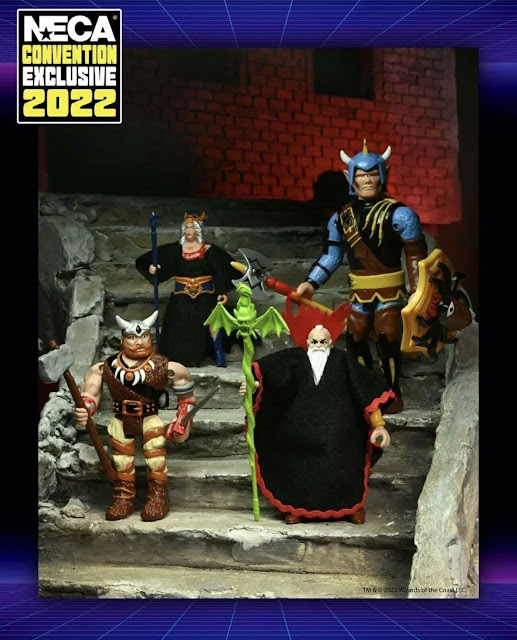


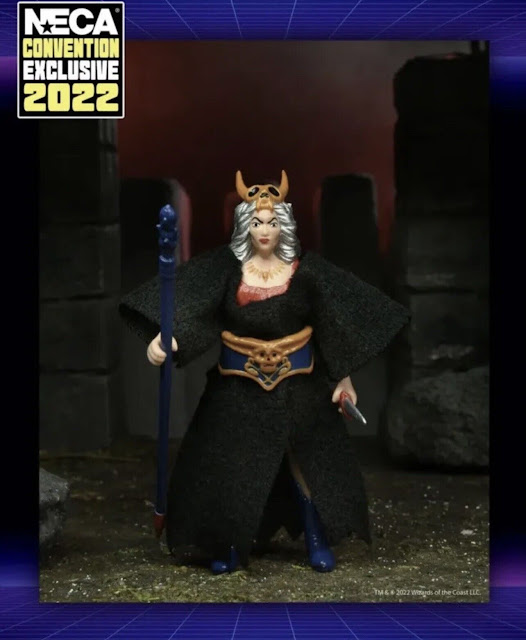


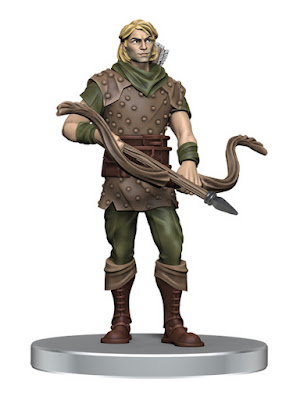

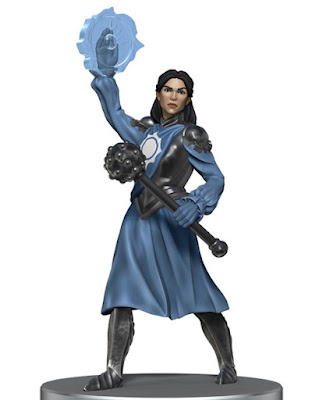
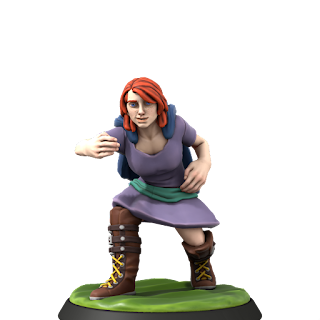
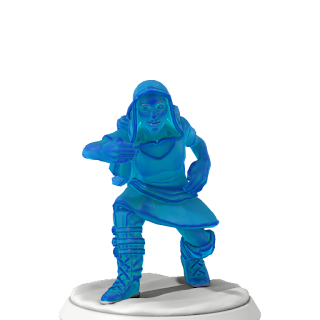





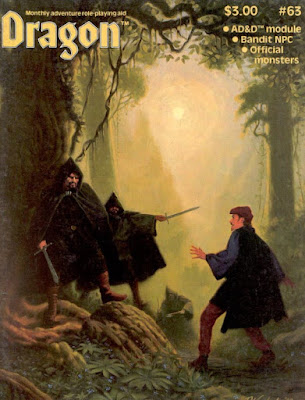



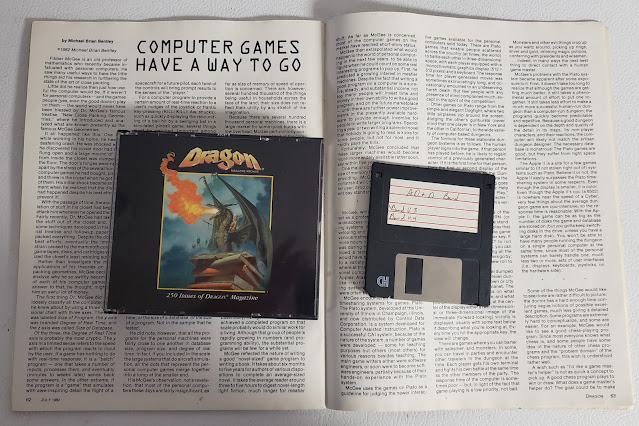



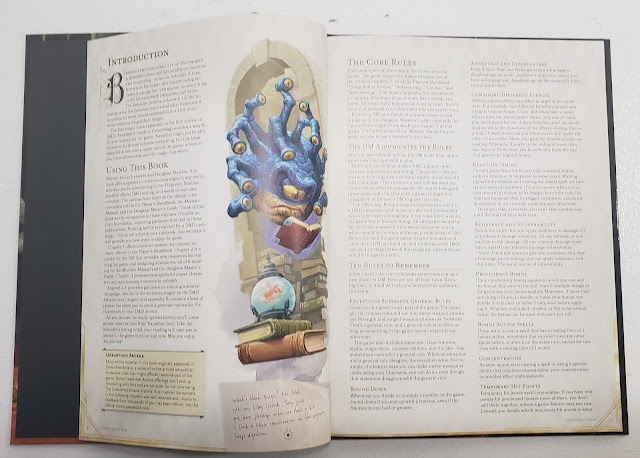



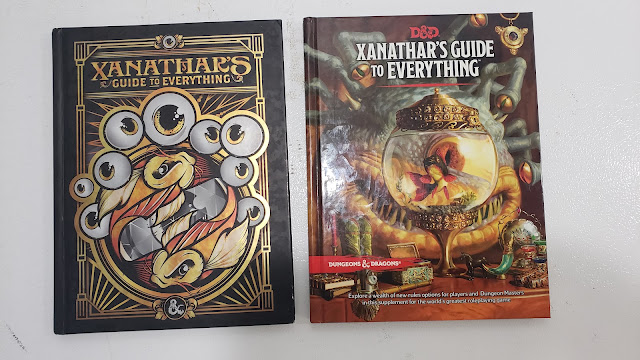

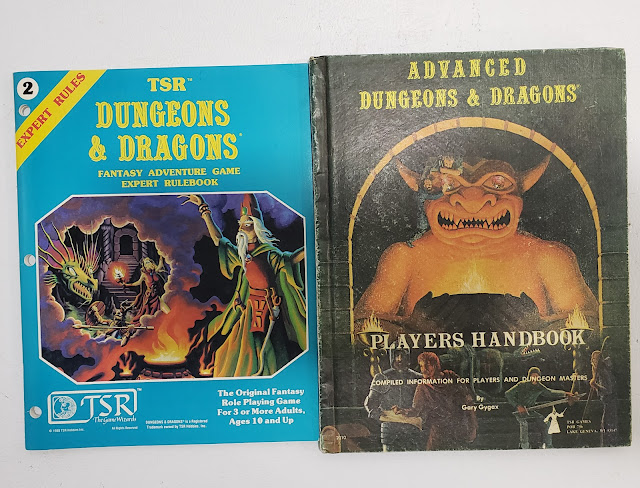



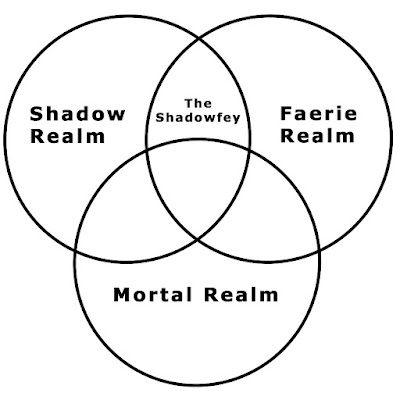
.png)
.png)












































